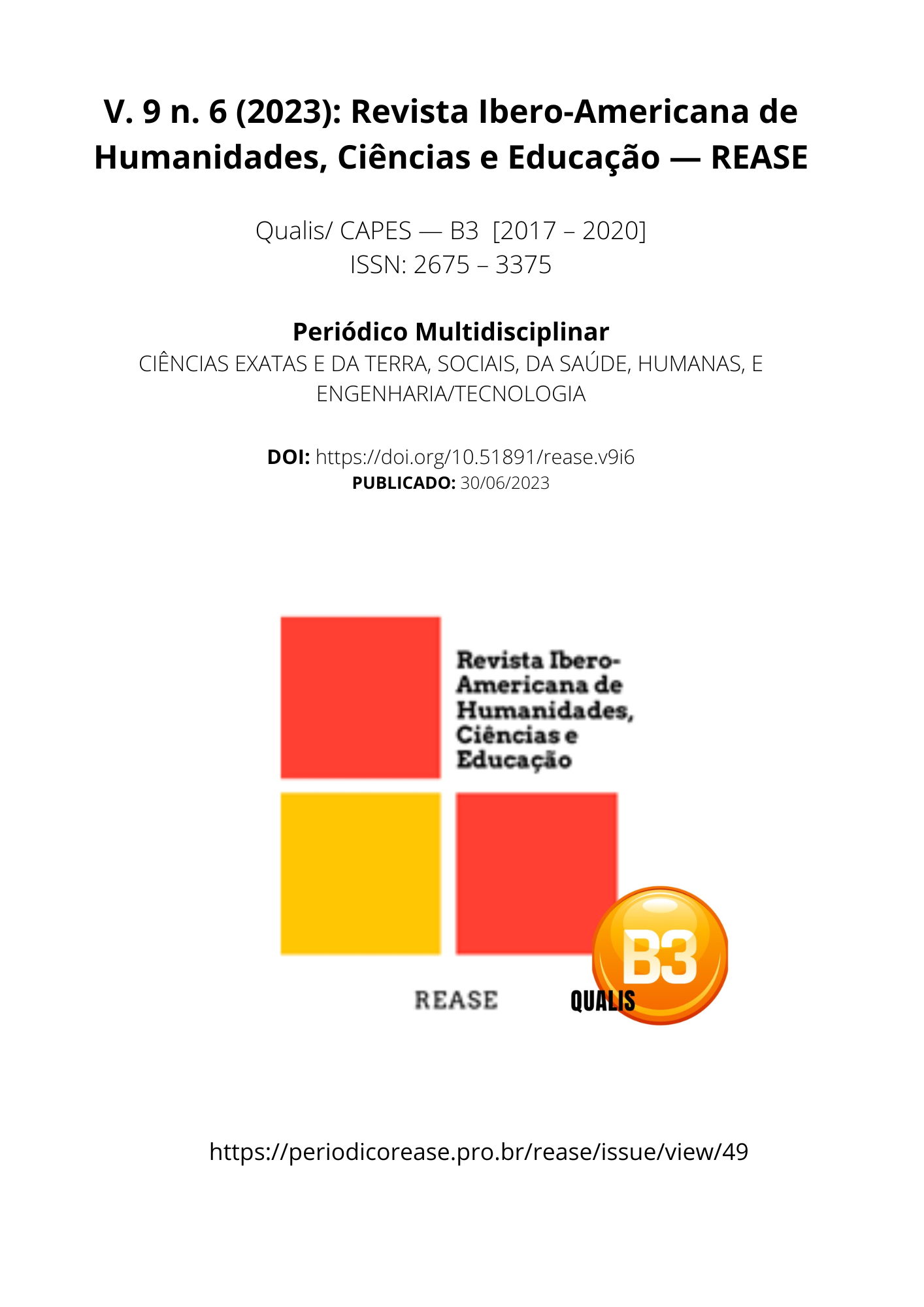EVALUATION OF THE EFFECTIVENESS OF MYOCARDIAL REVASCULARIZATION SURGERY IN ELDERLY PEOPLE WITH CORONARY ARTERIAL DISEASE
DOI:
https://doi.org/10.51891/rease.v9i6.10466Keywords:
Myocardial revascularization surgery. Coronary artery disease Elderly. Extracorporeal circulation. and Clinical outcomes.Abstract
Myocardial revascularization surgery (CABG) aims to restore cardiac muscle irrigation in patients with coronary artery obstruction (CAD). CABG can be performed with or without the use of a machine that replaces the heart and lungs (CPB), with the first option being called CABG without CPB or off-pump (OPCABG) and the second CABG with CPB or on-pump (ONCABG). The decision on which technique to use depends on several factors, such as the degree of CAD, the shape and size of the coronary arteries, the patient's clinical status and the skill of the surgeon. CABG is recommended for patients with CAD that affects two or more vessels or that compromises the anterior descending artery in its initial part, especially if there is compromised left ventricular function or severe ischemia. CABG may also be more advantageous than opening the coronary arteries with a catheter (PCI) in patients with diabetes mellitus, kidney disease or leg vessel disease.The aim of this review is to evaluate the effectiveness of CRM in elderly people (over 65 years old) with CAD, comparing the two techniques (OPCABG and ONCABG) in terms of mortality and morbidity. For this, randomized clinical trials were selected that compared the two techniques in elderly patients with CAD, excluding those at high risk or with prolonged longitudinal follow-up. Outcomes evaluated were in-hospital mortality, 30-day mortality, 1-year mortality, acute myocardial infarction (AMI), cerebrovascular accident (CVA), acute renal failure (ARF), atrial fibrillation (AF), bleeding, transfusion blood, length of stay in the ICU and hospital and quality of life.The results of the selected studies showed that there was no significant difference between the two techniques in terms of in-hospital mortality, 30-day mortality, 1-year mortality, AMI, stroke and AKI. However, the OPCABG technique had advantages over the ONCABG in terms of lower incidence of AF, less bleeding, less need for blood transfusion, shorter ICU and hospital stays, and better quality of life. In addition, the OPCABG technique was associated with lower hospital costs and less use of resources.It is concluded that CRM is an effective and safe procedure for the treatment of CAD in elderly patients, and the OPCABG technique can offer additional benefits compared to ONCABG in terms of reducing postoperative complications and improving functional recovery. However, further studies with larger numbers of patients and longer longitudinal follow-up are needed to confirm these findings and evaluate long-term clinical outcomes.
Downloads
Downloads
Published
How to Cite
Issue
Section
Categories
License
Atribuição CC BY

